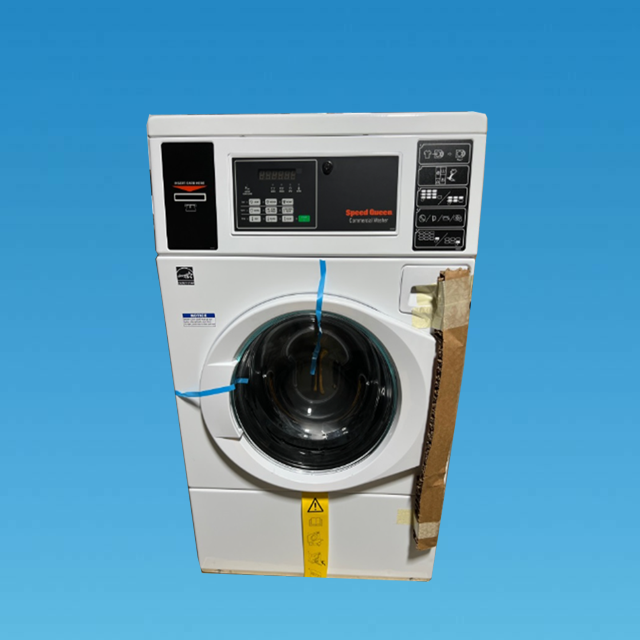Washing Machine Fault Diagnosis
Fault diagnosis is a crucial aspect of maintaining and repairing washing machines effectively. Identifying the source of a problem accurately can save time, money, and unnecessary frustration. Here's a guide to the process of diagnosing faults in washing machines:
- Initial Assessment: Start by observing the washing machine's behavior and noting any unusual symptoms. This could include strange noises, leaks, error codes on the display panel, or issues with the machine's performance such as incomplete cycles or clothes not coming out clean.
- Refer to the User Manual: Consult the manufacturer's user manual for your specific washing machine model. It often contains valuable information on common issues, error codes, and troubleshooting steps tailored to your appliance.
- Error Codes: If your washing machine displays an error code, it's a helpful indicator of the problem. Refer to the manual or search online for a list of error codes and their meanings specific to your machine. This can provide valuable insights into the issue.
- Visual Inspection: Examine the exterior and interior of the washing machine for any visible issues. Check hoses, connections, the detergent dispenser, and the door seal for signs of damage or wear.
- Load and Balance: Unevenly distributed laundry loads can cause vibration and noise during operation. Make sure the load inside the drum is balanced and not overloaded. Reorganize the laundry if needed.
- Check for Leaks: Run a cycle and monitor the washing machine for leaks. If you notice water pooling around the machine, it's crucial to identify the source promptly, which could be a damaged hose, loose connections, or a problem with the tub.
- Listen Carefully: Pay attention to any unusual sounds during operation. Grinding, squealing, or banging noises can be indicative of specific issues, such as problems with the motor, bearings, or suspension system.
- Run Diagnostic Modes: Some washing machines have built-in diagnostic modes that can help identify faults. Refer to your manual for instructions on how to access and interpret these diagnostic modes.
- Testing Components: If you have some technical expertise, you can test individual components like the motor, water inlet valves, and sensors using a multimeter to check for continuity or voltage irregularities.
- Professional Assistance: If the issue remains unresolved or if you are unsure about any aspect of the diagnosis, it's advisable to seek the assistance of a professional appliance repair technician. They have the expertise and equipment to diagnose complex problems accurately.
- Preventive Maintenance: To minimize the likelihood of future faults, perform regular maintenance tasks such as cleaning the drum, checking hoses, and ensuring proper detergent usage.
- Document Findings: Keep a record of your diagnostic process, including error codes, observations, and any tests performed. This information can be valuable when discussing the issue with a repair technician.
Effective washing machine fault diagnosis is essential for timely and cost-effective repairs. Whether you attempt to fix the problem yourself or enlist the help of a professional technician, a thorough understanding of the diagnostic process is key to ensuring that your washing machine continues to operate efficiently.
